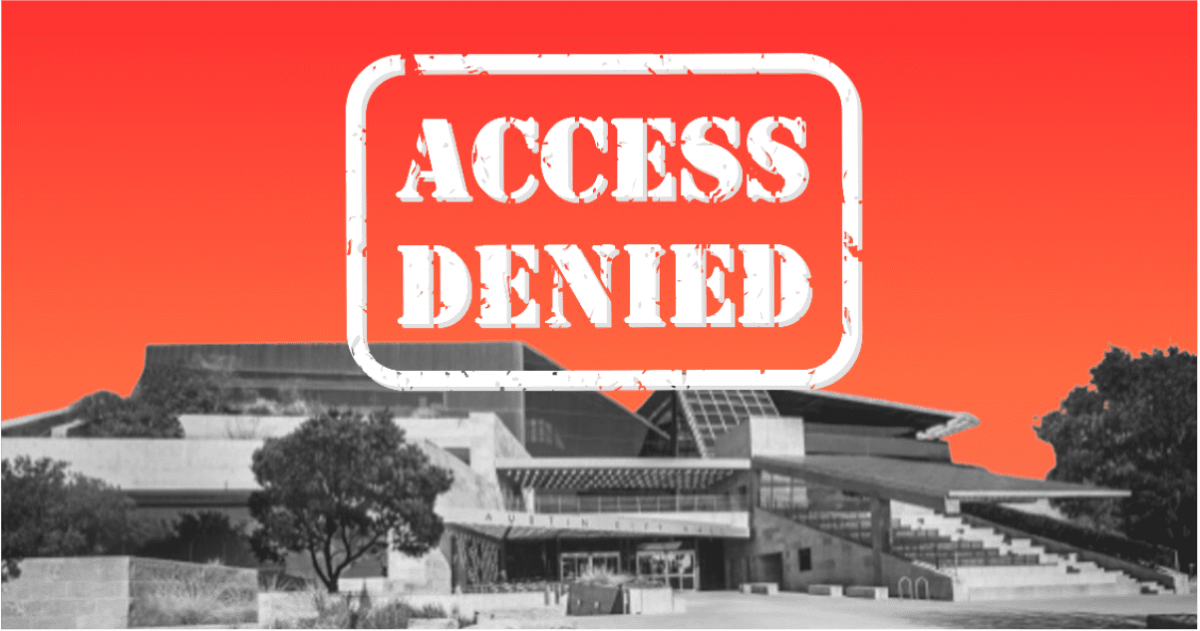
KEY POINTS:
- After Watson’s city council passed Phase 1 of the H.O.M.E ordinance in December of 2023, the council is preparing to additionally impact neighborhoods with reduced compatibility setbacks and smaller lots that have increased impervious cover and height in a rushed Phase 2 of H.O.M.E.
- Watson’s Council is also ready to roll out a Light Rail Transit overlay one mile wide, where they will impact neighborhoods with increased heights and much higher density
- The VMU ordinance which was thrown out by a court is being replaced by a new zoning category that developers will be required to zone in to
The council is rushing multiple significant land use changes to adoption, apparently through code amendments (as it did with the H.O.M.E. amendments, Phase 1) that side-step the rezoning process and, therefore, avoid contextual consideration of the appropriateness of the changes. These include amendments that will:
- Massively reduce compatibility standards citywide to 14% of what they are now;
- Revise regulations that apply to lots with only one housing unit including revisions to minimum lot size and, potentially, site development standards citywide;
- Create regulations and a density bonus program for properties that are located within a half mile of the Phase 1 Light Rail Line and Priority Extensions; and
- Create a new land use related to charging electric vehicles to lot size.
The council plans to set a joint public hearing to consider all of these changes for April 11, 2024, with Council action as soon as May 1. That will not give the community a fair amount of time to analyze, collaborate, and comment on these wide-ranging proposals.
By combining multiple major unrelated code revisions into one hearing, the council is making meaningful comments impossible. The hearing is scheduled in two months, and the council has not produced even an outline of what they are proposing, much less a process for the community to participate in the formulation of the changes. It is ironic and revealing that the Council’s justification for splitting the HOME proposal of multiple units and small lots into two phases was to make it easier for the public to absorb, yet here, they have combined multiple unconnected code changes into a single hearing.
Most significantly, unlike the replacement for VMU2, which will define a new zoning category and requires the standard rezoning process, the council has not indicated that they are creating separate zoning districts for these changes. Without a zoning process, consideration of the appropriateness of the proposed changes by noticed nearby affected homeowners will not be available. Without more (accurate) information, it appears that the council proposes to smear significant land use changes across single-family neighborhoods like peanut butter across bread, ignoring the context of different communities.
Contact the city council today and tell them the public deserves:
- Detailed information about each of the council’s proposals and a process for public participation during the formulation of any ordinance changes;
- A copy of any proposed ordinance(s) or amendments at least 60 days before any hearing;
- A commitment that changes to lot size and other site development standards and any density bonus program will be done on a case-by-case basis under the established zoning processes, not by code amendments that apply irrespective of local conditions.
One Procedural Step Forward, but Meager Affordability
The Council is moving to replace the Vertical Mixed Use 2 ordinance (VMU2), which was declared void by a Travis County District Court on December 8, 2023. The Court ruled that a majority of the last Council acted illegally when it refused to give affected property owners the notice required by the court’s March 18, 2020, permanent injunction enforcing state law. VMU2 allowed vertical-mixed-use properties to receive an additional 30 feet in height and reduced compatibility along the light rail lines in exchange for a small amount of additional affordability (over what was required by VMU1).
This council’s description of their current proposal now appears to honor the requirement of a zoning change for the additional entitlements. It does this by creating a new “density bonus zoning district” that is “similar to the City’s existing vertical mixed use program.” In other words, now a zoning change would be required and the additional height is not automatic. Treating height and density regulation changes as zoning changes to be considered contextually—location by location—will be a step forward for city government if the council follows through. We thank our neighbors whose legal advocacy made this happen and the community that supported those efforts.
Although the city has not yet released the proposed text, its description of the affordability requirements continues long-standing concerns that this program’s grant of entitlements (e.g., three stories of additional height) is disproportionately large (like the buildings) compared to the meager amount of additional affordability required. The lopsided allowance of unaffordable market-rate housing trades potentially incompatible structures for scant affordability.
The proposal is scheduled to be heard by the city council on February 29, beginning at 10:00 a.m.